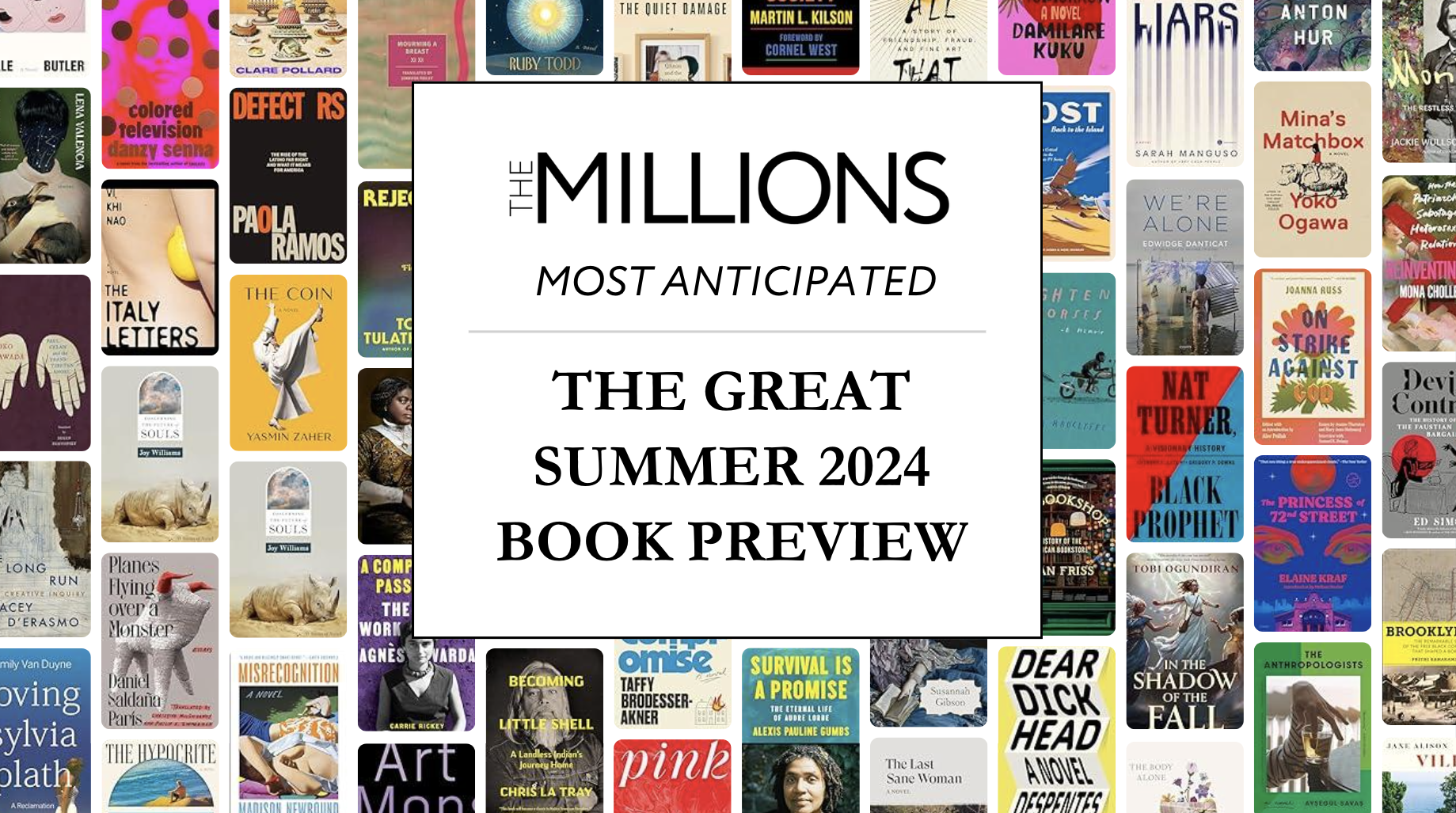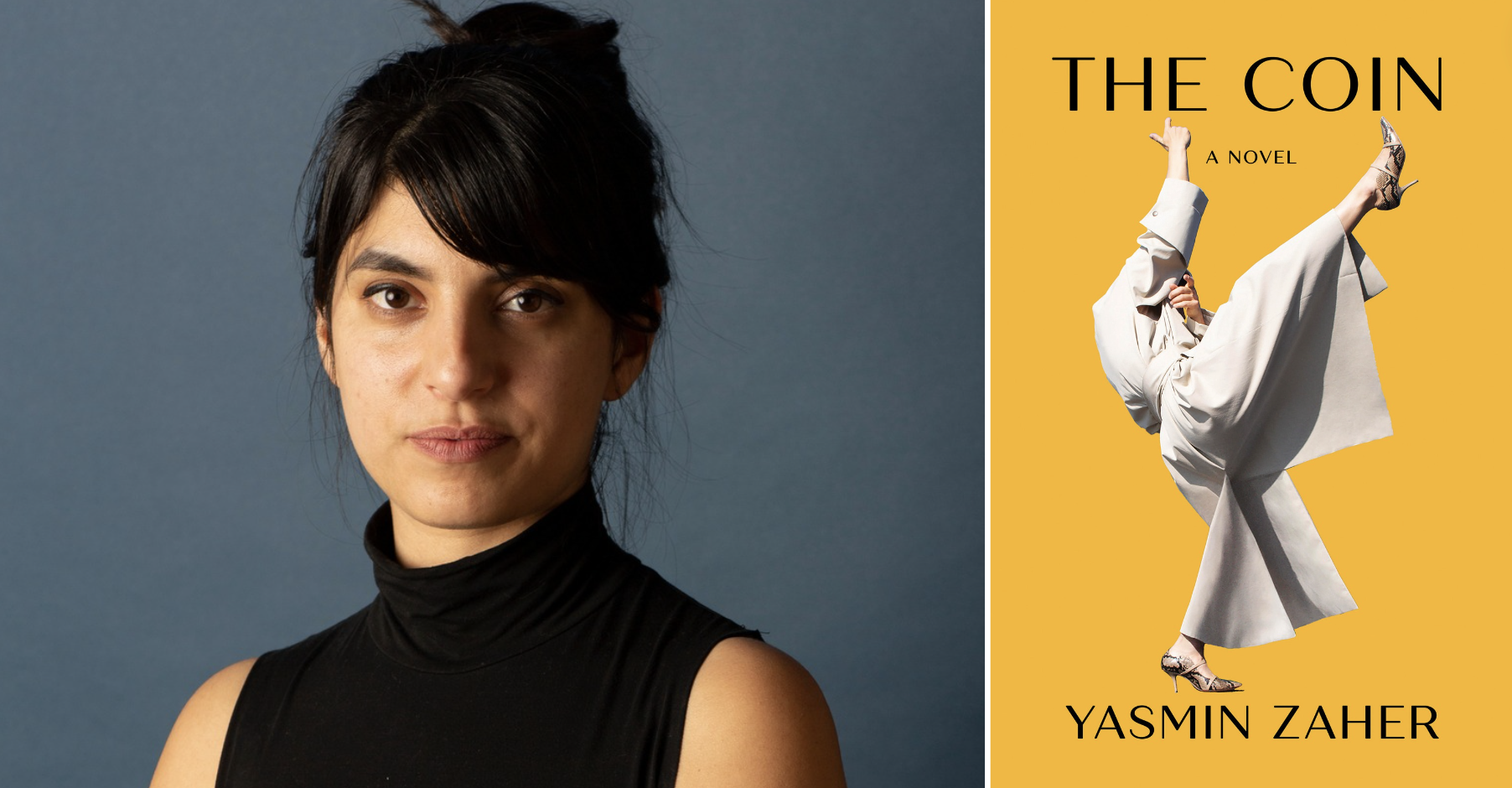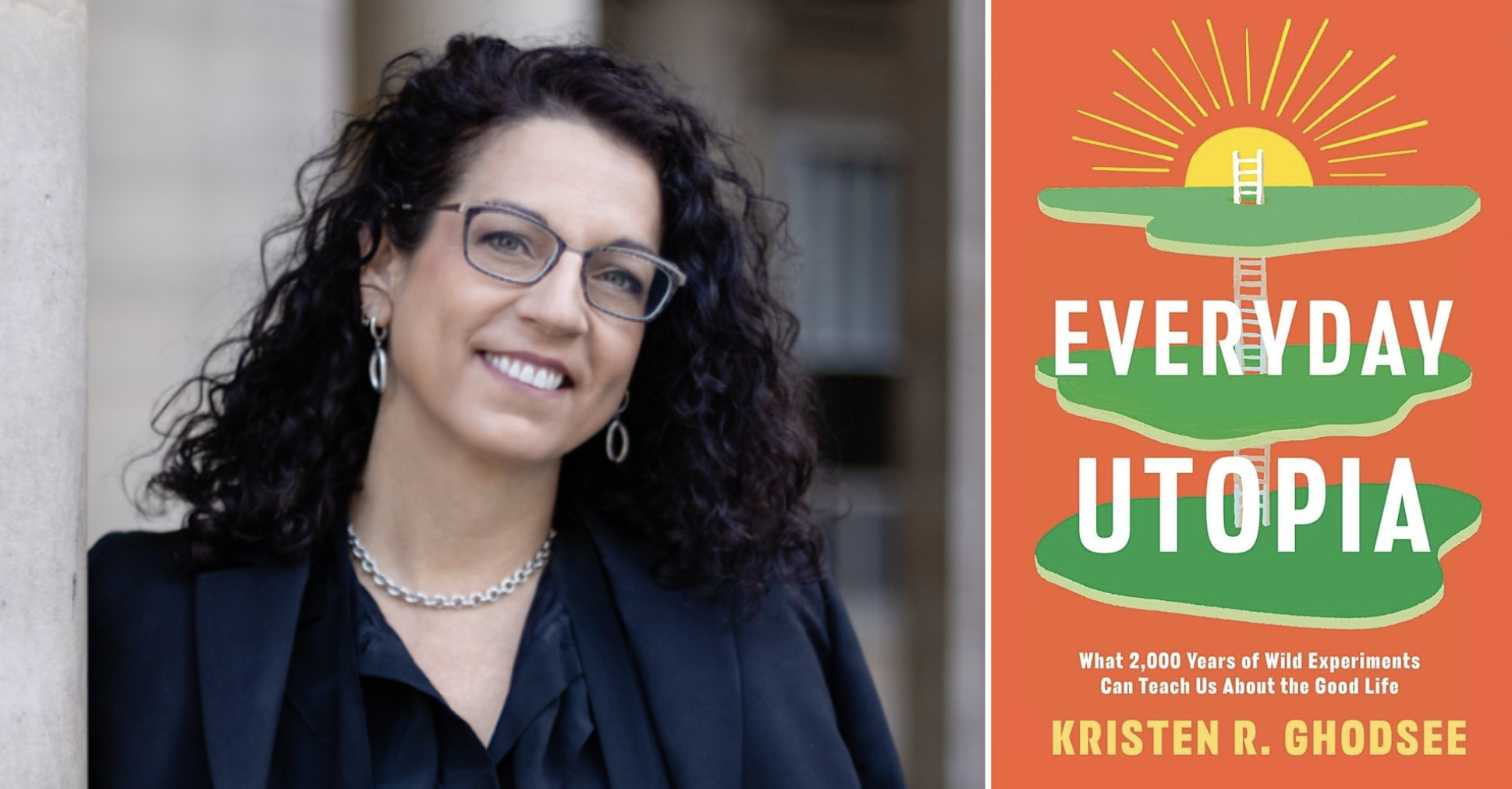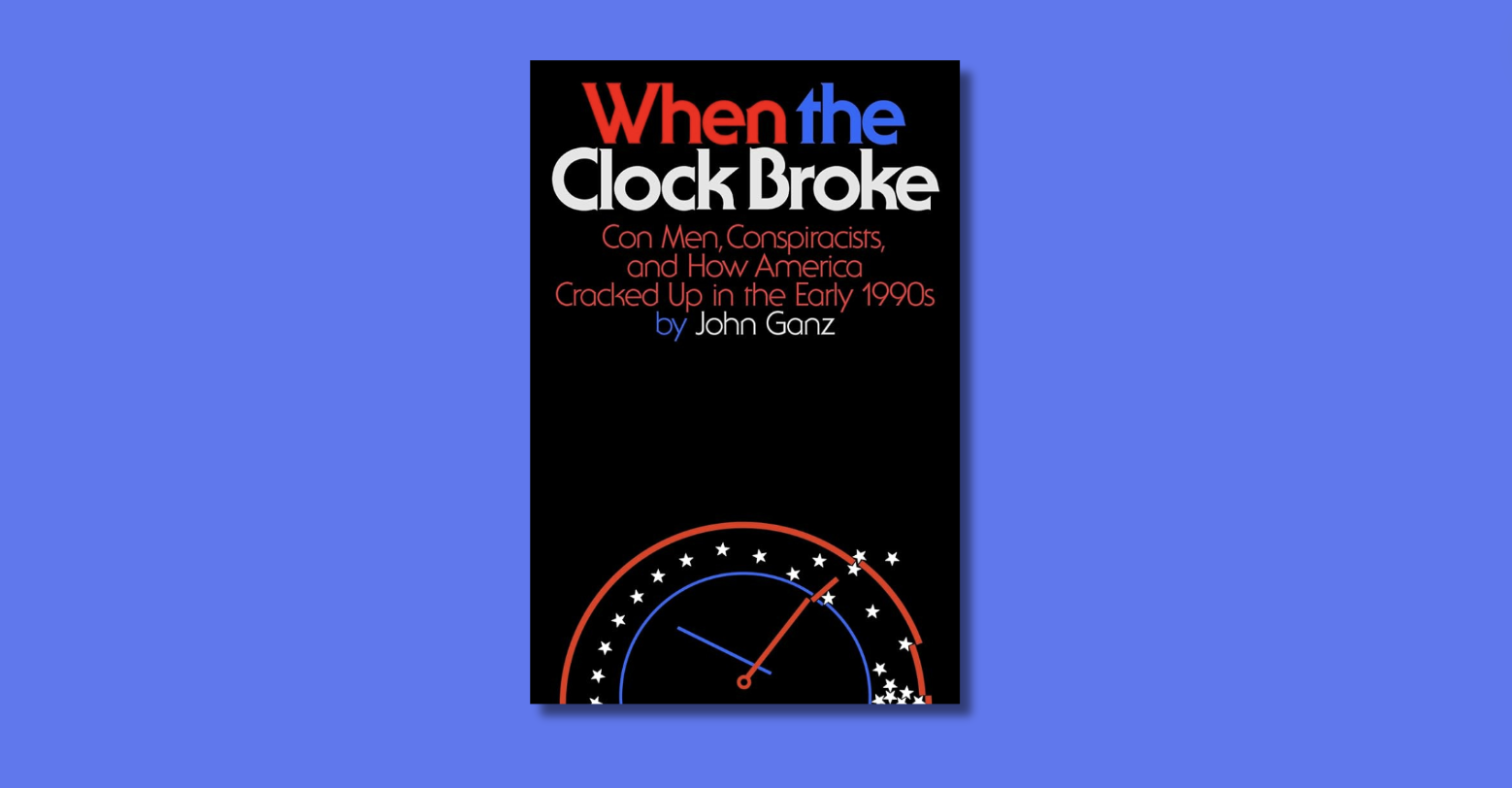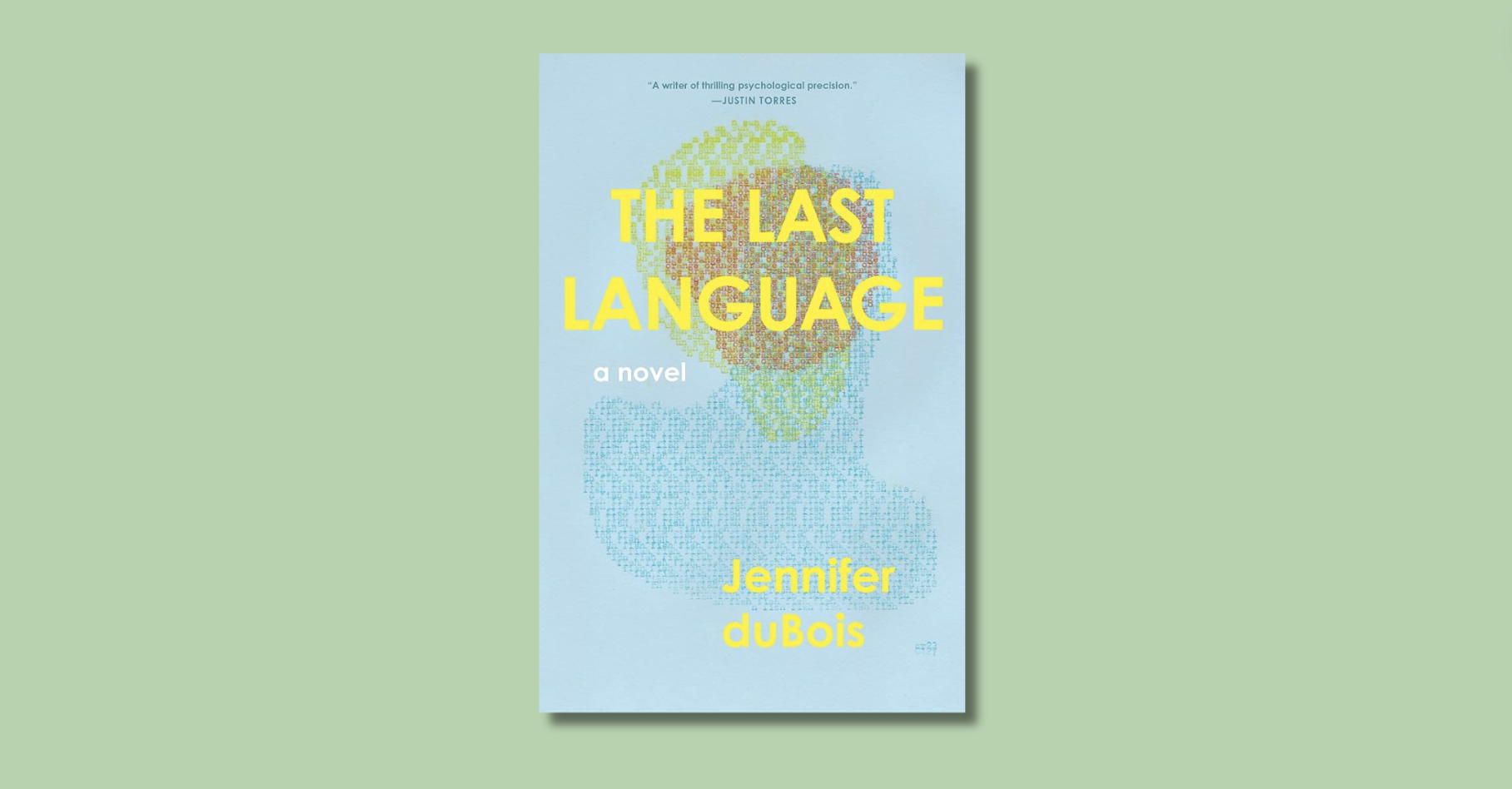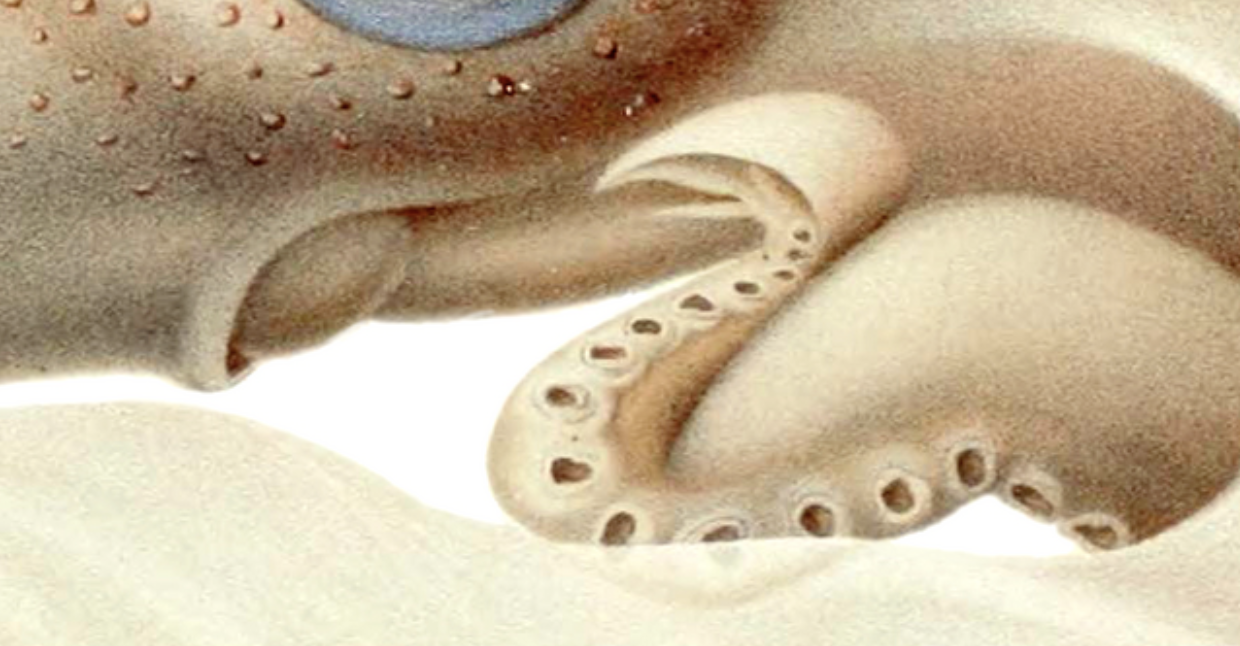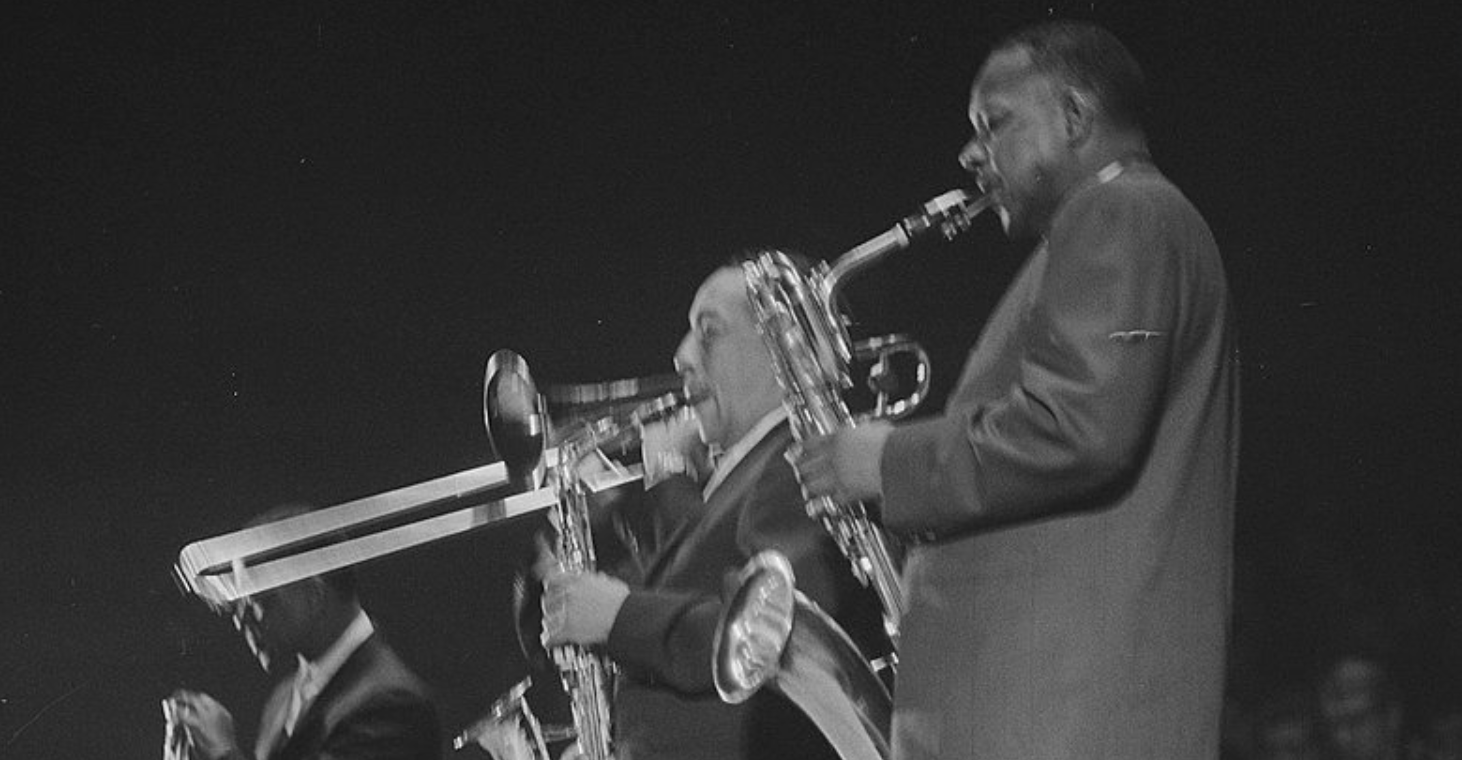
I first heard the phrase “harp lie” on Starlee Kine’s tragically short-lived podcast, “Mystery Show.” “If I tell you I’m a great piano player or a great singer, you can pretty easily figure out if I’m lying,” Kine explained. “It’s easy to find a piano, even easier to just ask me to sing something. But if I tell you I’m a great harp player, what are the chances you’ll be able to find a harp to see if I’m telling the truth? So I call those kinds of lies, the ones that you can never prove one way or the other, ‘harp lies.’” Am I the only doctor who’d hear such a thing on a podcast and reflexively think of talking to patients?
This past weekend, as the physician on-call, I fielded a number of phone calls that yielded some version of “harp lying” on my end. Someone wondered if her single episode of vomiting could be attributed to the antibiotic she’d been taking for a urinary tract infection. Sure, I replied. Someone else had five minutes of tingling in his fingers and toes, only on the right side, that resolved spontaneously. Had he slept on the right side the night before? I asked. He had, and he subsequently agreed to sleep on the left side the following night. Another patient, with a debilitating migraine, wanted to know if she could take an Excedrin Migraine because it was the only thing that helped with such severe headaches. Her regular nephrologist had told her to avoid the medication except in extreme situations. I told her this episode seemed to count as “extreme” and a one-time dose was unlikely to do any harm to her kidneys.
Of course, these weren’t exactly harp lies, because my suggestions would be tested out over the next few hours or days. If the first patient vomited again, if the second patient ended up having some sort of neurologic event, and if the third patient’s kidneys didn’t tolerate the Excedrin, then I’d be facing the medical equivalent of being forced to give a harp performance. On the other hand, if the patients all fared well, as I suspected they would, then I could continue to pose as a harpist extraordinaire even if their recoveries had little to do with the medical advice I’d relayed over the phone.
 Bernard Lown, the Nobel prize-winning cardiologist, wrote in his memoir, The Lost Art of Healing, “At times I have gone so far as to guarantee recovery when the scientific basis for a cure was tenuous or nonexistent.” Some doctors might call this bluffing. Others would consider this a version of the placebo effect. Patients, though, would probably read Lown’s confession as a variant of harp lying. But what, exactly, is wrong with harp lying if it’s done with the intention of making a patient feel better? Especially if it works.
Bernard Lown, the Nobel prize-winning cardiologist, wrote in his memoir, The Lost Art of Healing, “At times I have gone so far as to guarantee recovery when the scientific basis for a cure was tenuous or nonexistent.” Some doctors might call this bluffing. Others would consider this a version of the placebo effect. Patients, though, would probably read Lown’s confession as a variant of harp lying. But what, exactly, is wrong with harp lying if it’s done with the intention of making a patient feel better? Especially if it works.
Readers of Danielle Ofri’s latest book, What Patients Say, What Doctors Hear, should recognize Lown’s guarantee—and, to some extent, my answers as the on-call physician—as a form of reassurance, one of the strongest tools a doctor can wield in his or her practice. Ofri, an internist at Bellevue Medical Center, recognizes the crucial role of narrative in the medical encounter, yet also recognizes that “the story the patient tells and the story the doctor hears are often not the same thing.” She spends most of her new book trying to tease out why this disconnect occurs and offering up strategies for physicians on how they can repair the communication process. Reassurance emerges as one of these strategies—not necessarily guaranteeing patients that their outcome will be good (as Lown was wont to do), but simply communicating to patients that their doctors will be present, available, and invested throughout the story.
“There is clearly an asymmetry between the doctor and the patient—doctors endlessly reciting the facts of the disease and patients with a store of crucial information that never gets on the table,” Ofri writes. This asymmetry, she concludes, is due mostly to an underappreciation, on both sides, of the “crucial role of the story.” In her view, every patient has a story to tell, and the role of the medical encounter (whether it’s a doctor-patient phone call, a regularly scheduled clinic visit, or an unanticipated encounter in the hospital emergency room) is to craft this story. Both sides—doctors and patients—must participate in the telling of these stories for them to reach their proper conclusions (i.e. healthy patient outcomes). Ofri views the doctor and patient as “co-narrators” working together “to draw out, enhance, and shape the patient’s story.”
This might sound like soft science but the results are tangible—patients who feel their doctors understand their stories do better, not just on patient satisfaction surveys but in hard outcomes like rates of cardiovascular events and overall survival. The time a doctor spends listening to his or her patient, the effort made to truly understand what the patient is saying, may have more of an impact on how the patient feels than any intervention prescribed by the doctor. In discussing the well-known placebo effect in medical settings, Ofri suggests that the same results could be elicited even without a fake pill. “Wise doctors and nurses already know…that their ‘everything else’—respect, attention, comfort, empathy, communication, touch—often forms the lion’s share of medical care, no deception required.” I assume this “no deception required” would apply to harp lies, too, but I’m not sure.
Recently, at least in the medical circles I frequent, a short research letter made some big waves. In the December 27, 2016 issue of the Journal of the American Medical Association, Samuel Volchenboum and colleagues at University of Chicago reported on the risk that hospitalized patients face when another patient on their unit experiences a critical illness event. In other words, if a patient in hospital room 1102 suffers a cardiac arrest, how does that affect the patient in hospital rooms 1103, 1104, or 1105? Over a five-year period (2009-2013) covering nearly 84,000 admitted patients, those neighboring patients were shown to have a significantly increased risk for similar critical illness events (defined as either a cardiac arrest or transfer to the intensive care unit) compared with the average hospitalized patient. Exposure to one critical event increased the likelihood that another patient on the same hospital floor would experience a similar event by 18 percent; exposure to two such critical events within a six-hour window raised that excess risk to 53 percent.
Part of the reason this research letter struck a chord with so many of the physicians I work with is that it confirmed something we’d observed over and over again about the flow of illness in hospital settings. Some use the term “black cloud” to describe those days when everything goes wrong. Others invoke Murphy’s law. One of my co-residents, years ago, used to lament “The badness is contagious!” during overnight calls when patient after patient decompensated. Beyond confirming our own observations, though, this letter also forced us to consider why this “neighborhood effect” occurs. The letter’s authors suggested that a diversion of resources to the sentinel critically ill patient results in caregivers being less attentive to the other patients on the same ward. I think this answer is true but far more nuanced than it appears on first inspection. The doctors and nurses responding to a patient who’s crashing are not just physically less present for the other patients on the floor, but also emotionally unavailable for these patients.
In What Patients Say, What Doctors Hear, Ofri describes why she still puts so much stock in the physical exam. She’s not particularly invested in what she hears with her stethoscope or elicits with her reflex hammer. Instead, she’s eager to delve into the patient’s story without the burden of a computer sitting directly in front of her face.
[T]hen the doctor and patient move to the exam table and everything changes. This is often the first moment that we can talk directly, without the impediment of technology. We are physically close to each other, actually touching. This is intimacy, albeit of the nonromantic type, but an intimacy nonetheless…It is a refuge from the intrusion of technology, the intrusion of multitasking, the intrusion of assumptions and biases. It is a moment of only touching and talking. In the medical world—as in the world at large—there are precious few moments of just touching and talking.
In the physical exam, she’s found an opportunity to be truly present for another human being at his or her level, akin to when parents put away their smart phones and get down on the floor to play with their children. This reassurance—the confirmation to the patient that he or she is not alone—is what patients want from their doctors, especially when they’re most frightened.
Ofri’s repositioning of the physical exam as simply an opportunity to be physically close to patients offers, I think, the more nuanced explanation we need for the “neighborhood effect” described by Volchenboum’s group. Yes, patients are more prone to adverse outcomes when their doctors and nurses are preoccupied with other patients, but these critical illness events are not solely due to lack of attention. Patients need reassurance, and that kind of medicine can only be delivered in person via touching and talking. “Reassurance that you are not in imminent danger, just by itself, can go a long way towards easing pain,” Ofri writes, and “is a crucial part of the ‘everything else’ that doctors and nurses do that decreases pain and discomfort.” The patients in hospital rooms 1103, 1104, and 1105 may simply need a doctor or nurse to enter the room, pat their shoulder, listen to their concerns, and then reassure them that they’re not going to suffer the same fate as the patient in hospital room 1102. In this light, as the on-call physician, my “harp lies” were merely verbal forms of reassurance—that I’d heard their stories, that I thought they’d be okay, and that I’d be easily reachable again if they weren’t.
This role of the reassuring doctor, I can’t help but think, is particularly critical in our current political climate. Until recently, politics never came up in my clinic. Since November, however, it’s now the exception rather than the norm for a clinic visit to pass without at least one exchange about, to quote a recent patient, “how scary things are.” On one afternoon, I saw four consecutive patients with no history of hypertension who all posted blood pressure recordings above standard values. Each blamed our recent banter about Donald Trump for their pressure being elevated, citing either anger or anxiety or depression or some combination of these feelings. It seemed that we’d stumbled upon a new form of white coat hypertension, in which blood pressure was rising not in response to being in a doctor’s office but rather to having a discussion about Trump in that doctor’s office. The difference between the conventional form of white coat hypertension and “Trump talk hypertension,” I worry, is that my patients continue these political conversations and tend these same emotions outside my office, when no doctors are around. How bad is Trump for their health, I wonder, and is there anything I can do to help?
Toward the end of What Patients Say, What Doctors Hear, Ofri compares the art of medical conversations to improvisation comedy. It’s an analogy I’d never heard before that, upon reflection, makes absolute sense. “You are thrown on stage with a complete stranger who can toss out an opening maneuver on any topic, in any key, in any language, from any one of a million locations beyond left field,” Ofri writes, “and you need to step right in, without any hesitation, as if you had studied that exact script only moments before and were just waiting for that specific cue to begin.” That afternoon with the four newly hypertensive patients, in this light, represented a failure on my part to keep the conversation, the improv act, moving in the right direction. I should have reassured those patients that our country will be fine, that the benefits and rights and privileges they hold dear will be secure, even if that kind of response was, at its essence, a harp lie.
That’s what I’m trying to do now when my patients discuss Trump. I have a rehearsed answer for them. I use my gentlest voice. I often save the message until we’re at the exam table, my hand on their shoulders, about to take a blood pressure. “I think we’ll be okay,” I say. “One of the silver linings of this election for me is seeing how impassioned the fight has been to preserve our freedoms. I think we’ll win in the end.” I pause for a moment before adding, “We have to.” And then I start inflating the blood pressure cuff.
